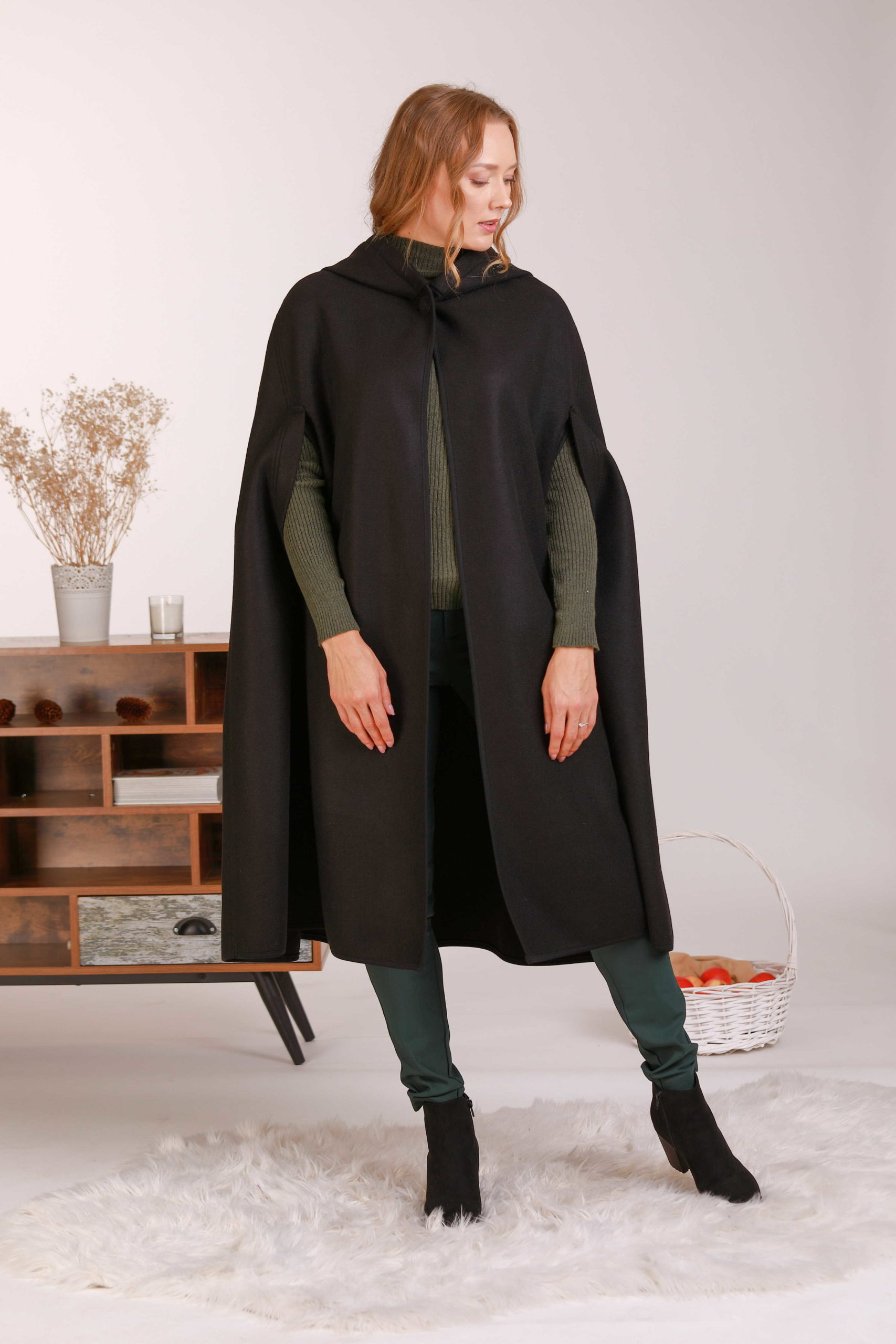


Just a light poncho with a hood should do just fine. If it’s just a backup for your rain jacket then you won’t need anything fancy. Main Useīefore buying a rain poncho, you should first have a clear picture of where, when, and for what you want to use it. This type of fabric is considered the most expensive because it combines various fibers with plastic mylar for added strength, wind proofing, waterproofing, and durability. While this is a nice combination, and a rather affordable one, a tightened PU-coated nylon rain poncho may have poor ventilation for the summer, though perhaps any worse than PVC.Ĭuben fiber ponchos are known for their good balance of light weight and weatherproofing. This is the same material used in most of today’s camping tents. The nylon is naturally durable and it’s coated with polyurethane for water proofing. This is a waterproof material mostly used in rain ponchos designed for cold weather. Duct tape can handle most tears with ease, which is also something that makes PVC ponchos cheap and widely available. However, they have great waterproofing and they’re easy to repair too.

PVC rain ponchos may look stiff and not very pretty. PVC can be used on its own as the sole material or as a layering material. The silicone provides extra durability and a waterproof layer which keeps you dry. Silicone ponchos are made from silicone-coated polyester or nylon. Although ponchos can be made from a wide range of materials, there are only four materials worth discussing with respect to rain ponchos.


 0 kommentar(er)
0 kommentar(er)
